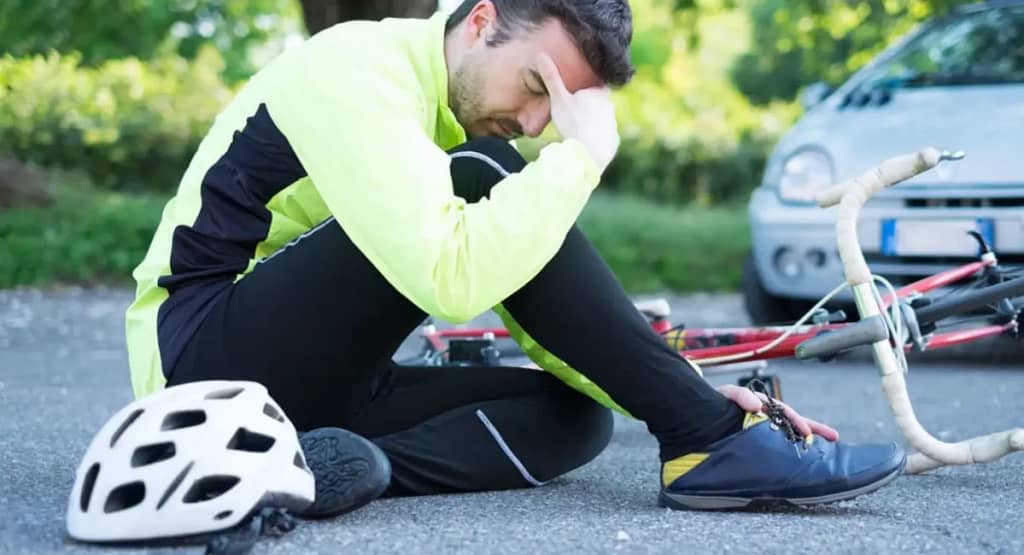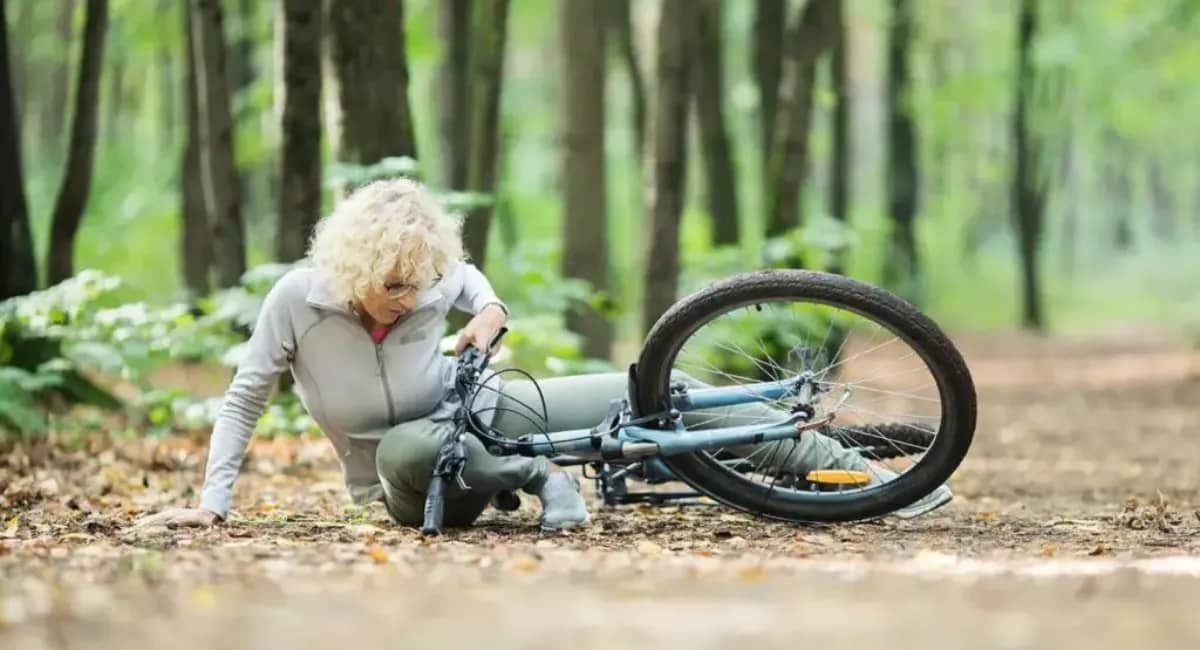Bicycle and pedestrian accidents usually result in bone fractures, which rank as some of the most extensive and debilitating injuries. The impact from traveling by vehicle or slipping falls may severely damage the skeletal structure, leading to pain, immobility, and long recovery times. Most often, these injuries leave a victim disabled from daily tasks, work, or recreation.
Victims of bone injuries must know which types of bone injury have what implications so that they can avail of treatment and recover from bone injuries. Bone injuries range from simple fractures to complicated breaks; their severity depends upon the amount of impact force and the area of injury involved. Besides medical treatment, a Centennial personal injury attorney will assist the clients in recovering compensation for injuries resulting from the intricacies of personal injury claims. Thus, by getting immediate medical attention, rehabilitation, and legal support, victims may recover to the fullest extent while also bringing justice.
Broken Collarbone: A Common Injury in Falls
The clavicle is one of the most frequently broken bones during bicycle and pedestrian accidents. Direct impacts to the shoulder or falls onto an outstretched arm can apply severe stressing forces against the collarbone, causing it to fracture. A typical scenario involves cyclists who fall head-first into a crash or suddenly hit an obstacle.

Immobilization by sling or brace is followed by physical therapy to restore strength and range of motion. Operations are performed in more serious cases where plates or screws must be used to hold the bones in place. The recovery period ranges from weeks to months, depending on the severity of the fracture. Early diagnosis and treatment adherence are vital to limiting complications and potential effects.
Wrist and Hand Fractures from Instinctive Reactions
Pedestrians and cyclists tend to catch their wrists and/or hands when falling reflexively. The resultant forces invariably fracture one of the bones from the radius, ulna, or a small bone in the hand, possibly the scaphoid. The most common type of wrist fracture is called distal radius fracture or Colles fracture, characterized by pain, swelling, and deformity.
Management of this problem largely depends on the severity of the injury. While some may need just simple casting or splinting, others may require surgical intervention to realign the bones using plates, screws, or pins. Patients may also undergo physical rehabilitation to regain grip strength, flexibility, and coordination. Wearing wrist guards or padded gloves can also reduce injury risks, especially for cyclists riding in high-speed or off-road conditions.
Pelvic Fractures: A Severe but Less Common Injury
Pelvic fractures might not be as common as others but are probably among the severest skeletal injuries in accidents involving bicycles and pedestrians. They usually occur when a person is struck by a vehicle in a high-speed collision or from a significant height drop. The injuries primarily affect the pelvic area, which is very close to vital organs and major blood vessels.
The therapeutic modalities of pelvic fractures depend on the severity. Minor fractures will heal with bed rest and pain management, while a severe case usually requires surgical stabilization using plates, screws, or external fixation devices. Recovery involves several months of rehabilitation physiotherapy to gain strength and mobility. Early medical intervention is also necessary to prevent internal bleeding, infection, or their consequence, bladder or bowel injury.
Leg Fractures: A Major Concern for Pedestrians
Leg fractures entail the bones’ different kinds of breaks or fissures: femur, tibia, or fibula. Fractures in the legs are common in pedestrian accidents when the lower body absorbs the impact from any collision. The body has a single bone, the femur, that takes a lot of pounding to break;
it is the largest and strongest in the entire body; therefore, one would expect a significant force such as direct colliding with a vehicle to have a good chance of breaking the bone. Tibia and fibula fractures are much more common because they are frequent fall types and may occur due to side collisions.

Treatment for leg fractures generally entails surgical intervention, realigning and keeping the bones in place with synthetic rods, plates, or screws. Severe fractures require additional support with the use of external fixation devices. The recovery phase comprises the robustness of immobilization and physical therapy for strength and functionality restoration. Such people can wear reflective gear while crossing designated crosswalks, closely monitoring traffic conditions.
Rib Fractures: Hidden but Painful
Rib fractures Pedestrian Accidents may occur if the chest experiences a quick impact from the collision or fall. Most often, these injuries do not appear immediately and range anywhere from sever pain and difficulty in breathing to limitations in movement. It could be even more dangerous if a fractured rib punctured or injured an internal organ such as lungs or liver.
Most patients with rib fractures live with pain since treatment consists of simply relieving pain for a length of time while the ribs heal themselves, which can take weeks to months to happen. In serious cases, surgery is needed to stabilize the displaced ribs or to take care of internal organ damage. Reducing the chance of rib injuries is mitigated by cyclists using padded jackets or chest protectors while riding, since these are meant to absorb impact in case of falls or collisions.
Spinal Fractures: High-Risk and Life-Altering
Spinal fractures Pedestrian Accidents are some of the most serious injuries associated with cycling and pedestrian accidents. High-impulsive forces result in fractures, compressions, and dislocations of the vertebrae, which can damage nerves and lead to chronic pain or paralysis. Even a mild injury can carry consequences for years if not diagnosed and treated early.
Treatment will depend on the site and severity of the spinal fracture. Most minor fractures may be treated with rest, bracing, and physical therapy. On the other hand, more serious spine injuries would require surgery, such as spinal fusion or decompression. Rehabilitation is the central part of rehabilitation, which takes time and may involve mobility restoration, pain management, and strength regaining. Early intervention is critical to minimizing the risk of permanent disability.
Preventing Bone Injuries in Accidents
Accidents Accidents occur very often among humans among humans, though many are turnable in the name of safety. The safety features for cyclists include helmets, gloves, padded clothing, and regular inspection and maintenance of their bicycles to ensure comprehensively safer functioning. This includes using lights and reflective gear for better visibility during low illumination or heavy-moving traffic.
Pedestrians may also be injured should they deviate their attentiveness from other tasks like texting and using crosswalks place aside. The signals may be adhered to, and eye contact made with the driving pole before entering the intersection. Awareness campaigns towards educating the public on respectful cohabitation with cyclists and pedestrians will go a long way in minimizing collisions and impact injuries.
Get Our Latest News First:
Related Latest News Posts:
- Is Recovery Just a Buzzword, or Is It the Real Deal?: Real Deal It does not matter if you are a millionaire or a multi-degree holder or if you even have a prominent title;
- Why Is Addiction So Common Among Airline Workers, and How Do We Break the Cycle?: Airline Workers An industry wrecked by addiction, the airline business suffers at odd altitudes.
